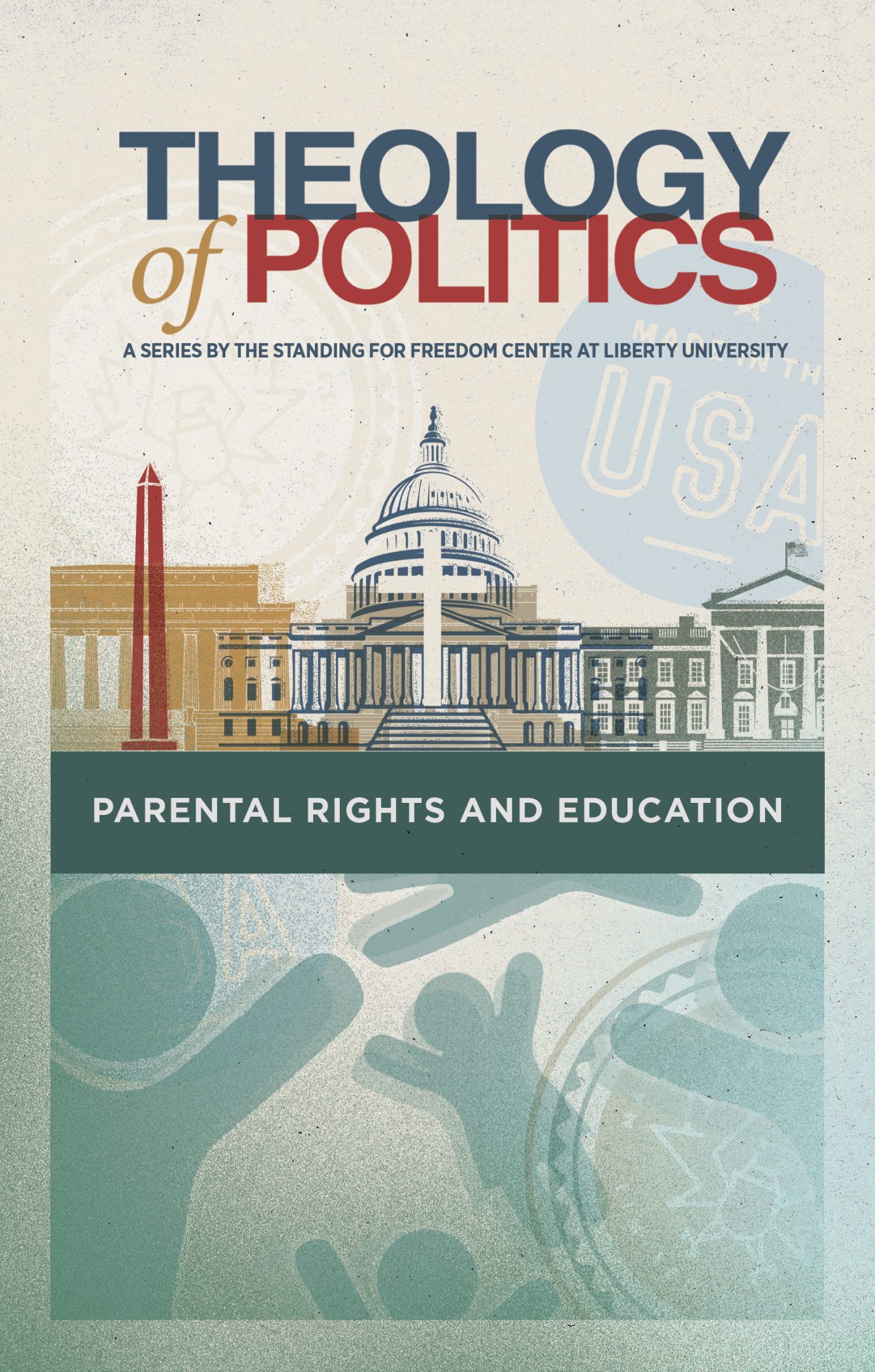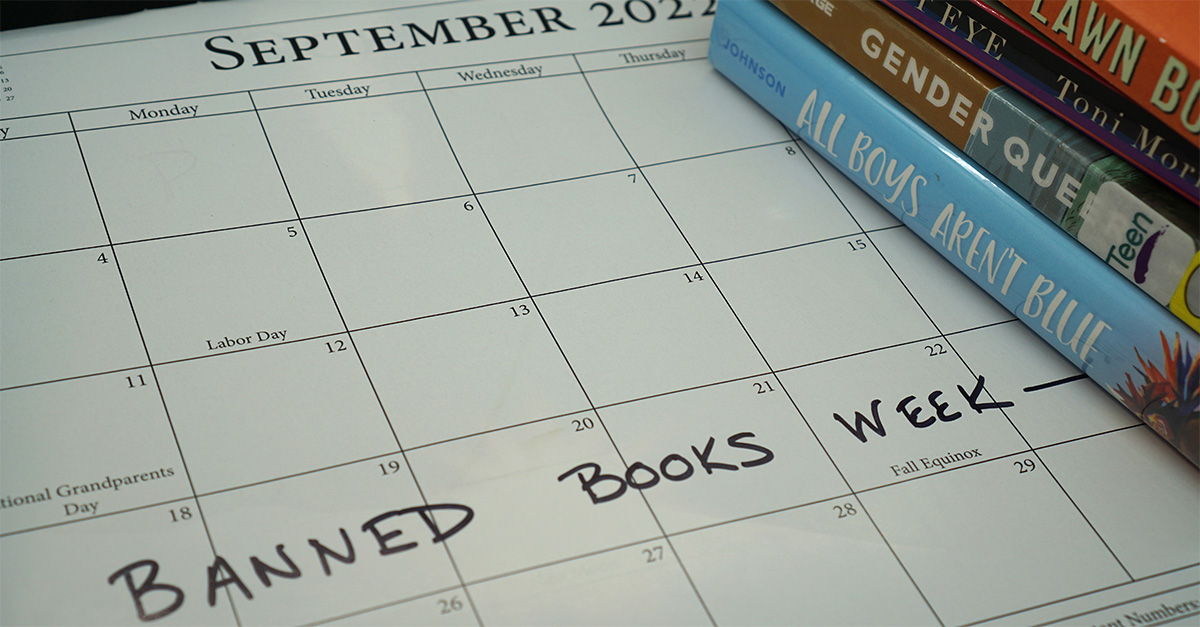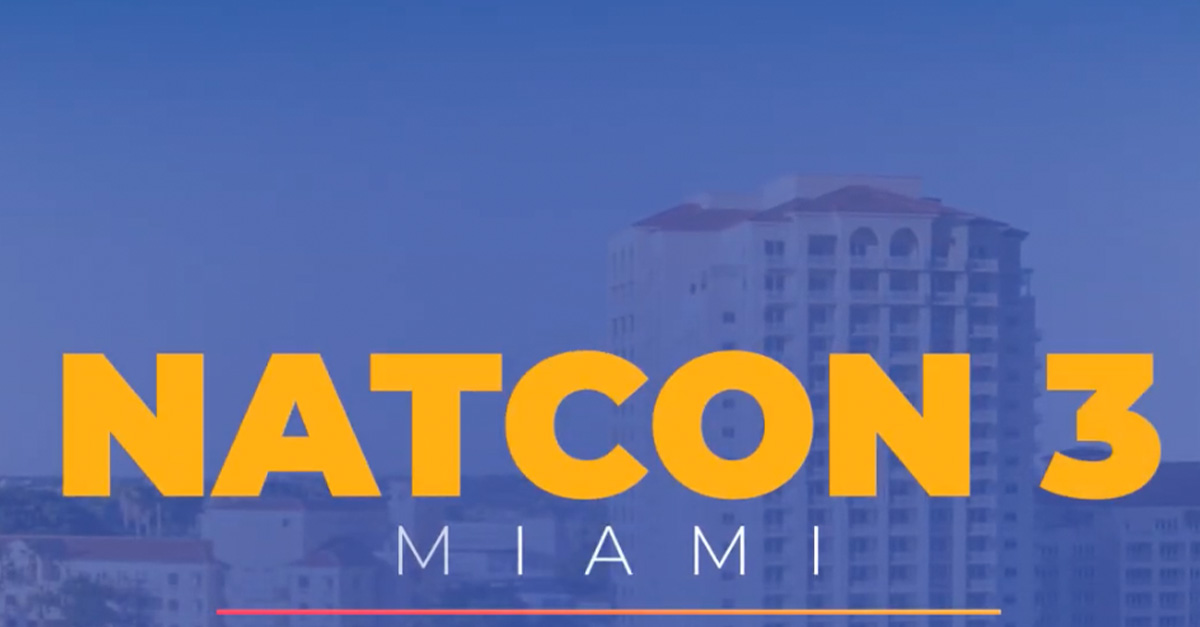


Get a free copy of Parental Rights & Education when you subscribe to our newsletter!

“One can be consistently anti-censorship and pro-freedom of thought while simultaneously acknowledging that it is not the role of the ALA or public schools to usurp a parent’s right to monitor what their children read, view, and listen to.”
–REAGAN ESCUDÉ SCOTT
The American Library Association (ALA) oversees most public and school libraries, and in response to an unprecedented number of books being contested by the general public, ALA created Banned Books Week in 1982 to “promote and protect the interests of intellectual freedom.” They actively sought to highlight books that were at one time challenged or made entirely unavailable in school libraries.
“Banned Books Week celebrates the freedom to read and spotlights current and historical attempts to censor books in libraries and schools…The books featured during Banned Books Week have all been targeted for removal or restriction in libraries and schools. By focusing on efforts across the country to remove or restrict access to books, Banned Books Week draws national attention to the harms of censorship.”
Decades ago, when Banned Book Week began, the connotation of banned books echoed the dystopian warnings from classics like 1984 and Fahrenheit 451. Most of us, because of history, know how dangerous it is to silence ideas, history, and narratives in literature and public discourse. One could argue that the literary techniques, the history, the storytelling, and the character development found within challenged tales like To Kill a Mockingbird, Of Mice and Men, and Brave New World have been incredibly helpful to students for generations.
However, there has been a paradigm shift in the content of the books which have been challenged this year. Where outrage and concern was once expressed over racial slurs, themes of death, or strange storylines, the challenges facing the Banned Book List today are with regards to sexually explicit, erotic, hedonistic, pornographic content targeted at children.
Here are just a few books on the Top 10 Most Challenged Books List for 2022:
1. Gender Queer by Maia Kobabe
According to ALA: “Banned, challenged, and restricted for LGBTQIA+ content, and because it is considered to have sexually explicit images.”
Common Sense Media reports: “Author/illustrator Maia Kobabe uses e, em, and eir pronouns. Explicit but not erotic illustrations of sexual activity include masturbation, oral sex, sex toys, kissing in an implied sex position, erections, and a fantasy image of a man holding another’s penis.”
2. Lawn Boy by Jonathan Evison
According to ALA: “Banned and challenged for LGBTQIA+ content and because it was considered to be sexually explicit.
The Spring Magazine concluded: “Its pedophilic, exploitative and abusive elements go beyond the swear words and the sexual passages.”
In contrast to historic book controversies, attempted conversations surrounding these books have been consistently silenced across the country.
A Florida school board removed a parent from a meeting after he read passages from Gender Queer aloud into the mic. A Colorado parent was removed from a school board meeting for attempting to read the book to school board members. In Fairfax County, school board members shut down one mom after she attempted to read from Gender Queer and bring attention to Lawn Boy.
Talk about censorship by a government institution!
Why is it okay for these books to be on the shelves at school libraries where kids have unsupervised access, yet they are deemed too graphic and too inappropriate to be read in front of adults at school board meetings? Why are these books being protected by government agencies and encouraged to be read by children?
The shocking content of these books and the controversy surrounding them begs the question: When it comes to banned books, where do we draw the line?
I think the answer is very simple.
One can be consistently anti-censorship and pro-freedom of thought while simultaneously acknowledging that it is not the role of the ALA or public schools to usurp a parent’s right to monitor what their children read, view, and listen to.
In the controversy surrounding these books, no one is calling for public book burnings or the actual banning of sexually explicit books. Freedom of thought is a good thing and censorship hinders a productive society capable of civil discourse and discussion of ideas.
However, parents have been given a right by God to steward the hearts and minds of their children.
When these books are made readily available within public schools and children are encouraged by administrations to read them, parents are unable to properly monitor the content that their children are consuming.
Alternatively, these books should be allowed to exist in their own adult section at bookstores and public libraries — not because they aren’t garbage reads, but because freedom of thought is a good thing. In these spaces, parents are able to actively enter the store or library with their child, review what books the child has chosen to bring home, and make a conscious parenting decision as to whether or not the child will be allowed to check out or purchase the books. In schools, parents have no such right or time to intervene.
And that’s the crux of the issue: “Banning” books in 2022 is not about literally pulling books off of the shelves and burning them. It’s about demanding parental rights over what children read.
It is not intellectually inconsistent to be against censorship and for protecting our children from subjects which are objectively inappropriate for their developing minds.
In fact, to be consistent, we must be both anti-censorship and pro-criticism of certain books. It is because we are proponents of freedom of thought, freedom of ideas, and public discourse that we value the role of parents and the attention so many of them bring to predatorial, pedophillic books such as these. If we are against censorship, then we must be for a parent’s right to verbalize concern and warn others out of protection of our kids.
So where do we draw the line?
We draw it when adults are allowed to introduce depraved ideas to our children without our permission. We draw it when our role as parents is disregarded, undermined, and disrespected. We draw it when government institutions attempt to sever the bond between parent and child to influence the hearts and minds of our children.
The job is ours, parents. Steward them well..
Finally, brothers, whatever is true, whatever is honorable, whatever is just, whatever is pure, whatever is lovely, whatever is commendable, if there is any excellence, if there is anything worthy of praise, think about these things.
–Philippians 4:8
Follow Reagan on Twitter! @thereaganscott
Ready to dive deeper into the intersection of faith and policy? Head over to our Theology of Politics series page where we’ve published several long-form pieces that will help Christians navigate where their faith should direct them on political issues.

Notifications